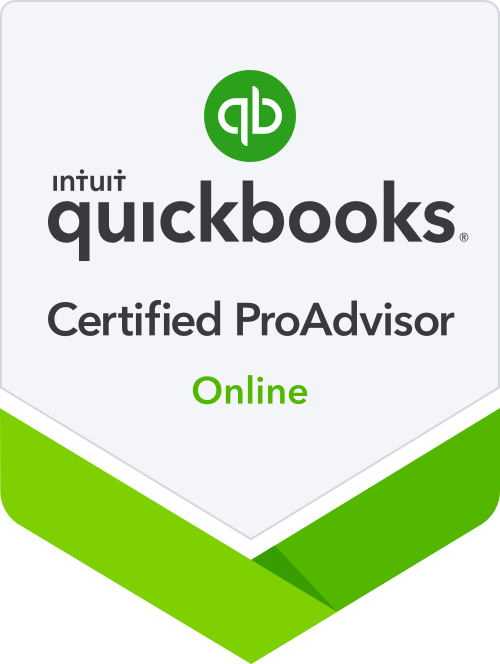
Making donations to charities is more than good business citizenship. It can also lower your tax liability. Some lesser-known federal income tax breaks for charitable donations by businesses were retroactively reinstated and made permanent by the Protecting Americans from Tax Hikes (PATH) Act of 2015. Here are the details.

Enhanced Deductions for Food Donations
This tax break is intended for businesses that have food inventories, such as restaurants and grocery stores. Charitable write-offs for donated food are normally limited to the lower of the taxpayer's basis in the food (generally cost) or fair market value (FMV). In contrast, the enhanced deduction equals the lesser of:
1. The food's basis plus one-half the FMV in excess of basis, or
2. Two times the basis.
This enhanced deduction expired at the end of 2014, but the PATH Act resurrected it and made it permanent for 2015 and beyond. To qualify, the food must be apparently wholesome at the time it's donated.
For tax years beginning in 2015, the taxpayer's total charitable write-off for food donations under the enhanced deduction provision can't exceed:
-
- 10% of the taxpayer's net income for the year (before considering the enhanced deduction) from all sole proprietorships, S corporations, and partnership businesses (including LLCs treated as partnerships for tax purposes) from which food donations were made, or
- For a C corporation taxpayer, 10% of taxable income for the year (before considering the enhanced deduction).
For tax years beginning in 2016 and beyond, the percent-of-income deduction cap increases to 15%.
For example, suppose you operate a sole proprietorship and own additional business interests in an S corporation and a partnership. If all three businesses made 2015 charitable donations of food inventory, your enhanced deduction for the donations would be limited to 10% of your 2015 combined net income from the sole proprietorship, the S corporation and the partnership.
However, if only the sole proprietorship and the S corporation made charitable donations of food inventory, your enhanced deduction would be limited to 10% of your combined net income from the sole proprietorship and the S corporation. If the same facts apply for 2016, the percent-of-income cap increases to 15%.
Favorable Rules for Qualified Conservation Contributions
The liberalized deduction rules for qualified conservation contributions, which were set to expire at the end of 2014, have been resurrected and made permanent for 2015 and beyond under the PATH Act.
Qualified conservation contributions are charitable donations of real property interests, including remainder interests and easements that restrict the use of real property. For qualified C corporation farming and ranching operations, the maximum write-off for qualified conservation contributions is increased from the normal 10% of adjusted taxable income to 100% of adjusted taxable income. Qualified conservation contributions in excess of what can be written off in the year of the donation can be carried forward for 15 years.
Important note. Corporations must obtain qualified appraisals for any qualified conservation contribution valued at over $5,000. For any contribution valued at over $500,000, the appraisal must be attached to the taxpayer's federal income tax return.
Favorable Stock Basis Rule for S Corporation Donations
For 2015 and beyond, the PATH Act makes permanent the favorable shareholder tax basis rule for S corporations that make charitable donations of appreciated property. For such donations, each shareholder's basis in the S corporation stock is reduced by only the shareholder's pro-rata percentage of the company's tax basis in the donated asset.
Without this provision, a shareholder's basis reduction would equal the passed-through write-off for the donation (a larger amount than the shareholder's pro-rata percentage of the company's basis in the donated asset). This provision is generally beneficial to taxpayers, because it leaves shareholders with higher tax basis in their S corporation shares.
For example, suppose that Ess Corp. made a charitable donation of appreciated land that it no longer needed for expansion purposes in 2015. The land's fair market value (FMV) was $50,000 and its basis was $10,000.
On its 2015 return, Ess Corp. can claim a $50,000 charitable write-off based on the FMV of the donated land. Assume Ess Corp. has two 50% shareholders. The donation of the land decreases each shareholder's basis in Ess Corp. stock by $5,000 (50% of the $10,000 basis of the land). Without the favorable stock basis rule, each shareholder's basis in Ess Corp. stock would be reduced by $25,000 (50% of the $50,000 charitable write-off for the donated land).
Help Is a Phone Call Away
If you plan to claim one of these tax breaks — or forgot to do so on your company's 2015 tax return — contact your tax adviser. He or she can help you determine eligibility, prepare the required documentation and plan for charitable donations in future years.




